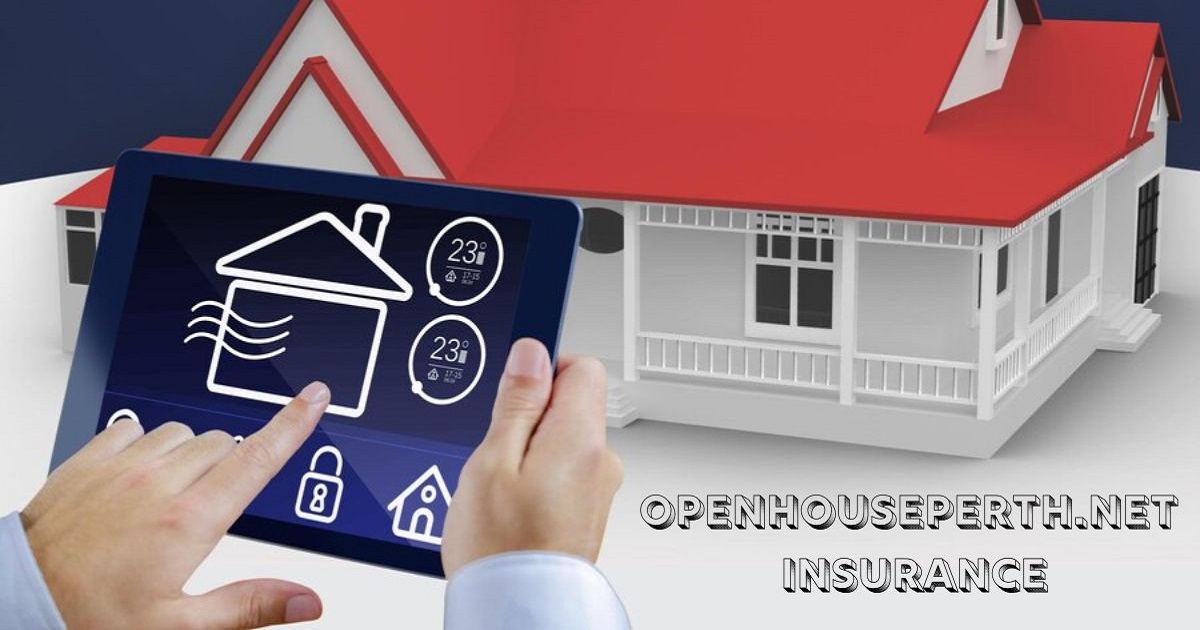Imagine needing access to a significant sum of money, and your home holds the key. A 100 LTV home equity loan allows you to borrow against the full appraised value of your home. While tempting, this loan option comes with unique considerations.
Let’s delve into the details of 100 LTV home equity loans, exploring their advantages, disadvantages, and alternative solutions.
Understanding Loan-to-Value Ratio (LTV)
Before diving into 100 LTV loans, it’s crucial to understand LTV. LTV is a metric used by lenders to assess the risk associated with your loan request. It’s calculated by dividing the amount you want to borrow by the appraised value of your home and multiplying by 100. For example, if your home is valued at $300,000, and you seek a loan of $210,000, your LTV would be 70 ($210,000 / $300,000 = 0.70 x 100 = 70%).
Traditionally, conventional home equity loans have a maximum LTV of 80%-85%. This means you need to have at least 15%-20% equity (ownership stake) in your home to qualify. A 100 LTV loan bypasses this requirement, allowing you to borrow the full appraised value.
Advantages of a 100 LTV Home Equity Loan
Several situations might make a 100 LTV home equity loan appealing:
- Accessing Full Home Equity: If you have minimal existing debt and haven’t built up much equity, a 100 LTV loan allows you to tap into the full value of your home. This can be helpful for financing major expenses like home renovations, debt consolidation, or educational costs.
- Lower Down Payment: Unlike traditional home equity loans, you don’t need a down payment with a 100 LTV option. This can be advantageous if you have limited savings.
Disadvantages and Risks to Consider
Despite its potential benefits, a 100 LTV loan comes with significant drawbacks:
- Higher Interest Rates: Since lenders perceive these loans as riskier due to the higher LTV, they often charge higher interest rates compared to traditional home equity loans. This translates to higher monthly payments and overall loan costs.
- Private Mortgage Insurance (PMI): Similar to mortgages with low down payments, some lenders might require PMI for 100 LTV loans. PMI is an additional monthly expense that protects the lender if you default on the loan.
- Increased Risk of Default: With minimal equity cushion, any decline in your home’s value could leave you underwater on your mortgage (owing more than your home is worth). This can make it challenging to refinance or sell your home if necessary.
- Limited Availability: Not all lenders offer 100 LTV home equity loans. Finding one might involve shopping around and potentially meeting stricter qualifying criteria.
Evaluating Your Needs: Alternatives to Consider
Before committing to a 100 LTV loan, explore these potential alternatives:
- Traditional Home Equity Loan: If you have some built-up equity, consider a traditional home equity loan with a lower LTV (around 80%). This typically offers more favorable interest rates and terms.
- HELOC (Home Equity Line of Credit): A HELOC functions like a credit card secured by your home’s equity. You only pay interest on the amount you borrow, offering more flexibility than a fixed-term loan.
- Cash-Out Refinance: If you have significant home equity, a cash-out refinance replaces your existing mortgage with a new one for a larger amount. The difference becomes accessible cash, although interest rates might be higher than your original mortgage.
It’s crucial to weigh the pros and cons of each option based on your specific financial situation.
Making an Informed Decision
Here are some key steps to ensure you make the best choice:
- Seek Professional Guidance: Consult with a financial advisor or loan officer to understand your options and explore the best fit for your needs and financial goals.
- Shop Around for Rates and Terms: Don’t settle for the first offer. Compare rates, fees, and terms from multiple lenders to secure the most favorable deal.
- Run the Numbers: Calculate the total loan cost, including interest, fees, and PMI (if applicable). Ensure the monthly payment is manageable within your budget.



